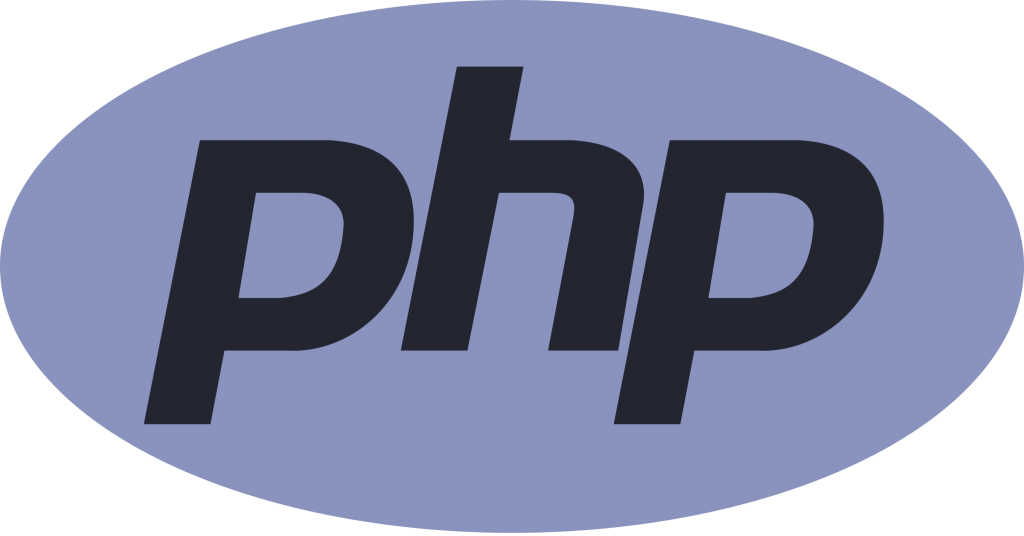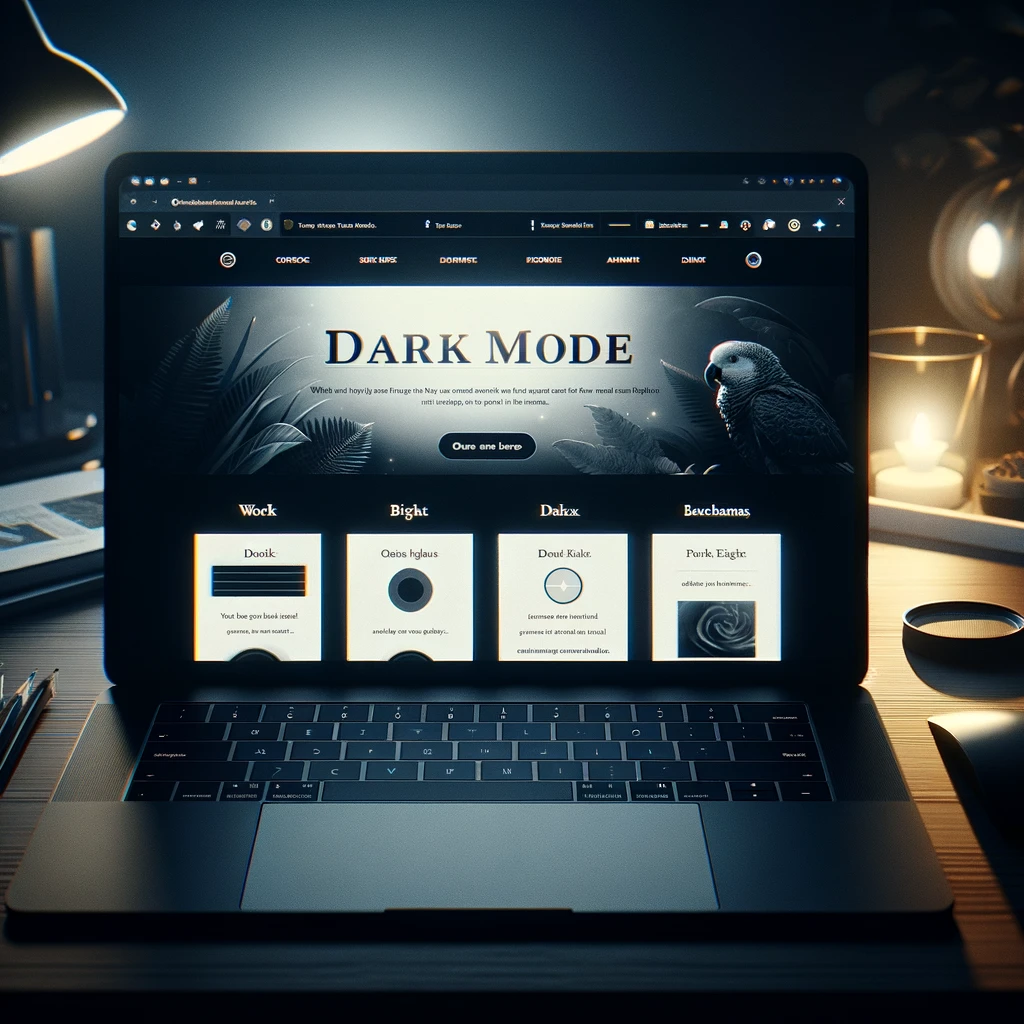Reading time: 11 minutes.

My Introduction to Full Stack Web Development
My Journey into Web Development
My fascination with web development began during my college years. I started with basic HTML and CSS, creating simple static web pages for personal projects. As I delved deeper, I found myself drawn to the dynamic aspects of web development, particularly how JavaScript could bring a page to life.
Initially, I focused solely on front-end web development, crafting user interfaces and ensuring they were both aesthetically pleasing and functional. This phase included learning about responsive design and the importance of user experience. The journey was not without challenges, but each obstacle overcame only fueled my passion further.
Discovering the World of Full Stack Development
As I grew more confident in my front-end skills, I realized the need to understand the back-end processes that powered complex web applications. This curiosity led me to explore full stack development. I wanted to bridge the gap between client-side and server-side development, providing a more holistic approach to creating web applications.
In my quest to become a full stack developer, I started by learning about back-end development. I researched several programming languages and frameworks, each offering unique benefits. I experimented with different setups, learning how servers, databases, and APIs worked. This exploration was crucial in creating seamless and efficient web applications.
Below is a table summarizing the paths I took towards mastering full stack development, categorized by front-end and back-end technologies:
| Technology Type | Examples of Tech Learned |
|---|---|
| Front-End | HTML, CSS, JavaScript |
| Frameworks | Angular, React, Vue |
| Back-End | Node.js, Django, Express |
| Databases | MySQL, MongoDB, PostgreSQL |
Transitioning from the front-end to full stack development has been a fulfilling experience. It allowed me to understand the complete process of web development, from designing intuitive user interfaces to managing databases and server-side logic.
Through continuous learning and engagement with the vibrant web development community, I have grown not only as a developer but also as someone who can create comprehensive web solutions. For those aspiring to embark on a similar path, remember that every challenge is an opportunity to learn and enhance your skills.
The next step is understanding what full stack development entails and the role of a full stack developer. Explore the overarching concept of defining full stack development and the essential technologies that make it possible.
Understanding Full Stack Web Development
Defining Full Stack Development
When I first ventured into the world of full stack web development, I quickly realized that being a ‘full stack developer’ meant having a comprehensive understanding of both the front-end and back-end aspects of web development. Full stack development involves working on every layer of an application, ranging from the user interface to the server-side logic and database management.
The term “full stack” consists of several key components:
- Front-End Development: This includes everything that the user interacts with directly, such as the layout, design, and user experience. Core technologies include HTML, CSS, and JavaScript. For more in-depth information, check out front end web development.
- Back-End Development: This involves the server, application, and database that work behind the scenes to deliver the information to the front-end. Important technologies include server-side languages (e.g., Node.js, Python), databases (e.g., MySQL, MongoDB), and APIs.
- Databases and Storage: Understanding how to manage and interact with databases is crucial. This can involve SQL databases or NoSQL alternatives, each with its own benefits and use cases.
The Role of a Full Stack Developer
A full stack developer wears many hats and has to be versatile and adaptable. My journey into becoming a full stack developer taught me the importance of being proficient in various technologies, tools, and methodologies. The role encompasses several responsibilities:
- Designing and Developing User Interfaces: Creating responsive and accessible interfaces using technologies like HTML, CSS, and JavaScript. Learn more about responsive design at responsive web development.
- Writing Server-Side Logic: Implementing server-side logic using languages such as Node.js, Python, or Java. This includes managing API requests and ensuring efficient server communication.
- Database Management: Designing, constructing, and interacting with databases. This can be done using SQL databases like MySQL or NoSQL databases like MongoDB.
- Version Control and Collaboration: Using version control systems like Git to track changes and collaborate with other developers. More on these tools can be found at web development tools.
| Skill Category | Examples |
|---|---|
| Front-End Technologies | HTML, CSS, JavaScript |
| Back-End Technologies | Node.js, Python, Java |
| Databases | MySQL, MongoDB |
| Version Control | Git, GitHub |
My role also often involves testing and debugging to ensure the end product is robust and meets the desired specifications. It’s a continuous learning process, with new tools and technologies emerging regularly. Staying updated through online courses, certifications, and getting involved in the developer community are key steps in my professional growth. For those new to the field, I highly recommend looking into web development bootcamp for foundational training, or exploring various web development certifications to boost your skills.
Essential Technologies in Full Stack Development
To excel in full stack web development, one needs to master a variety of essential technologies that cover both front-end and back-end development, as well as databases and storage solutions. Let me walk you through these core components.
Front-End Development
Front-end development focuses on creating the user interface and ensuring a seamless user experience. As a full stack developer, I use a range of technologies to build responsive and interactive web pages.
| Technology | Description |
|---|---|
| HTML | The standard markup language for creating web pages. |
| CSS | A style sheet language used for describing the presentation of a document written in HTML. |
| JavaScript | A programming language that enables interactive web pages. |
| Bootstrap | A front-end framework for developing responsive and mobile-first websites. |
| React | A JavaScript library for building user interfaces. |
For more detailed insights into front-end technologies, check out my article on front end web development.
Back-End Development
Back-end development involves managing the server, database, and application logic. This is where I focus on the behind-the-scenes functionality of web applications.
| Technology | Description |
|---|---|
| Node.js | A JavaScript runtime environment that allows you to run JavaScript on the server side. |
| Express.js | A web application framework for Node.js. |
| Django | A high-level Python web framework that encourages rapid development. |
| Ruby on Rails | A server-side web application framework written in Ruby. |
For a comprehensive list of frameworks and libraries, read my article on web development frameworks.
Databases and Storage
Databases are crucial for storing and retrieving data effectively. I utilize various database management systems (DBMS) to ensure data integrity and security.
| Database Type | Example | Description |
|---|---|---|
| Relational | MySQL | A popular open-source relational database management system. |
| NoSQL | MongoDB | A NoSQL database that uses a document-oriented data model. |
| In-Memory | Redis | An in-memory data structure store used as a database, cache, and message broker. |
Understanding these technologies is essential for any aspiring full stack developer. They form the backbone of my projects and allow me to deliver robust and efficient web applications.
For more information on the tools and technologies I use, visit my article on web development tools.
Skills and Tools for Full Stack Developers
Programming Languages
When I embarked on my journey into full stack web development, learning the right programming languages was a crucial starting point. As a full stack developer, I needed to be proficient in both front-end and back-end languages.
Front-End Languages:
- HTML: The backbone of any web page, used to structure content.
- CSS: Essential for styling web pages and making them visually appealing.
- JavaScript: Adds interactivity and dynamic elements to websites.
Back-End Languages:
- Python: Known for its readability and efficiency in server-side logic.
- Java: A versatile language used for building robust back-end systems.
- JavaScript (Node.js): Allows me to use JavaScript on the server-side, thanks to Node.js.
| Language | Use Case |
|---|---|
| HTML | Structure web pages |
| CSS | Style web pages |
| JavaScript | Add interactivity |
| Python | Server-side scripts |
| Java | Back-end systems |
| Node.js | Server-side logic |
Frameworks and Libraries
Frameworks and libraries simplify the development process by providing pre-written code and tools to work with. Here are some that I’ve found indispensable.
Front-End:
- React: A JavaScript library for building user interfaces.
- Angular: A platform for creating dynamic single-page applications.
- Vue.js: A progressive framework for building user interfaces.
Back-End:
- Express: A lightweight framework for building web applications in Node.js.
- Django: A high-level Python web framework that encourages rapid development.
- Spring Boot: A framework that simplifies the development of Java-based applications.
For more insights into frameworks, you can check out web development frameworks.
Version Control Systems
Version control systems are vital for tracking changes and collaborating efficiently. As a full stack developer, I rely heavily on these tools.
- Git: The most widely used version control system that allows me to keep track of changes and collaborate with other developers.
- GitHub: A platform for hosting and reviewing code, managing projects, and collaborating with other developers.
Understanding how to use Git and GitHub effectively is essential for any developer. For those new to version control, I recommend looking into web development tools which offer great resources on this topic.
Mastering these skills and tools has been integral to my growth as a full stack developer, enabling me to create robust, dynamic web applications.
Building Your Full Stack Projects
Creating a full stack project involves a series of detailed steps that ensure the final product is both functional and robust. Let me guide you through the essential phases: planning and designing, implementing features, and testing and deployment.
Planning and Designing
In this initial stage, I focus on outlining the project’s objectives and creating a clear blueprint. Understanding the user requirements and setting realistic goals are vital.
Steps in Planning:
- Define Objectives: Outline the project’s goals.
- User Stories: Write scenarios that depict how end-users will interact with the application.
- Wireframes: Sketch basic layouts of each page or component.
| Planning Element | Description |
|---|---|
| Objectives | Clear goals of what the project aims to achieve |
| User Stories | Detailed descriptions of user interactions |
| Wireframes | Basic sketches of UI layout |
Design Considerations:
- Responsive Design: Ensuring the application looks good on all devices. For more on this, check out responsive web development.
- User Experience (UX): Focus on easy navigation and a pleasant user experience.
Implementing Features
Once the planning phase is complete, it’s time to bring those plans to life by implementing features. This requires working on both the front end and back end of the application.
Front-End Implementation:
- Utilize HTML, CSS, and JavaScript to create the user interface.
- Employ frameworks like React, Angular, or Vue for more efficient development. To learn more, visit web development frameworks.
Back-End Implementation:
- Set up server-side logic using languages like Node.js, Ruby, or Python.
- Configure databases, be it SQL or NoSQL, to store and manage data effectively.
| Implementation Aspect | Technology Examples |
|---|---|
| Front-End | HTML, CSS, JavaScript, React, Angular |
| Back-End | Node.js, Ruby, Python |
| Databases | SQL (MySQL, PostgreSQL), NoSQL (MongoDB) |
Testing and Deployment
In the final phase, testing is crucial for identifying and fixing bugs. Once confident in the stability and functionality, it’s time for deployment.
Testing Techniques:
- Unit Testing: Ensure individual components work as intended.
- Integration Testing: Verify that different parts of the application work together seamlessly.
- User Acceptance Testing (UAT): Test the application with actual end-users to gather feedback.
Deployment Steps:
- Continuous Integration/Continuous Deployment (CI/CD): Automate testing and deployment using tools like Jenkins or GitHub Actions. For more tools, visit web development tools.
- Cloud Services: Deploy your application using cloud platforms for better scalability and maintenance.
| Testing Type | Purpose |
|---|---|
| Unit Testing | Verify individual components |
| Integration Testing | Ensure components work together |
| UAT | Gather user feedback |
Following these steps meticulously helps in delivering a well-rounded full stack project. With a proper plan, precise implementation, and thorough testing, I am confident in building reliable and efficient web applications.
For more on advancing in web development, consider web development certifications and explore joining a web development agency.
Advancing in Full Stack Development
Advancing in full stack web development is key to staying relevant and excelling in this competitive field. Continuous learning and effective networking are crucial aspects of growth.
Continuous Learning and Growth
As a full stack developer, I understood early on that the tech landscape is ever-evolving. Staying updated with the latest trends, languages, and frameworks is essential. Here are several ways I maintain continuous learning:
Online Courses and Tutorials
I often enroll in online courses to stay knowledgeable in various programming languages and frameworks. Various platforms offer resources that cater to different levels of expertise.
Web Development Bootcamps
Intensive bootcamps are an excellent means to quickly grasp new technologies. These structured programs provide hands-on experience and focus on practical skills. You can find out more about web development bootcamps to see if they align with your learning style.
| Learning Method | Duration | Cost |
|---|---|---|
| Online Courses | Varies | $0 – $500 |
| Web Development Bootcamps | 8-12 weeks | $5,000 – $15,000 |
Certifications
Certifications add value to one’s profile and validate expertise in specific technologies. They also reflect commitment and proficiency. More about web development certifications can be found online.
Reading and Research
Keeping up with industry blogs, tech forums, and research papers enables me to stay updated with new discoveries and best practices in full stack development.
Practice and Projects
Hands-on practice through personal or freelance projects hones my skills and exposes me to real-world challenges.
Networking in the Web Development Community
Networking is a vital part of progressing in full stack web development. Making connections within the web development community can offer support, inspiration, and job opportunities.
Attending Conferences and Meetups
I proactively attend tech conferences, meetups, and seminars. These events offer the opportunity to learn from industry experts and meet like-minded professionals.
Participating in Online Communities
Social media platforms and online forums (such as Stack Overflow, Reddit’s webdev community, and GitHub) are useful for networking. Engaging in discussions, asking questions, and sharing knowledge can build valuable connections.
Collaborating on Open Source Projects
Contributing to open-source projects allows me to work with other developers and improve my coding practices. It’s a great way to show my work and learn from others in the community.
Joining Professional Groups
Being part of professional associations or groups dedicated to web development often provides access to exclusive resources, job listings, and mentorship networks.
Networking Events and Workshops
Local and online events, such as workshops and hackathons, offer opportunities for hands-on learning and connecting with fellow developers. Networking within these groups can lead to collaborations and career advancements.
By embracing continuous learning and actively participating in the web development community, I can stay relevant and thrive in the ever-changing world of full stack development. For further reading, one can explore articles related to web development tools and web development services.





